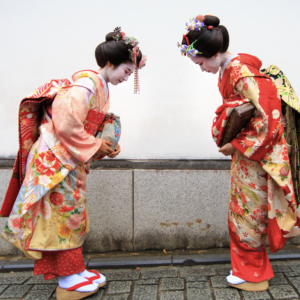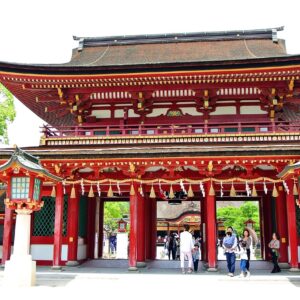Public Transportation Etiquette in Japan: A Friendly Guide
Table of Contents
Japan’s public transportation system is fast, reliable, and convenient. But beyond its efficiency, it reflects Japan’s deep-rooted values of respect and mindfulness. Whether you’re zipping across the country on the shinkansen (bullet train) or navigating the bustling subway stations, understanding the local etiquette can make your experience smoother and more enjoyable.
Here’s a practical guide to help you travel like a pro while respecting the unspoken rules.
General Public Transportation Etiquette
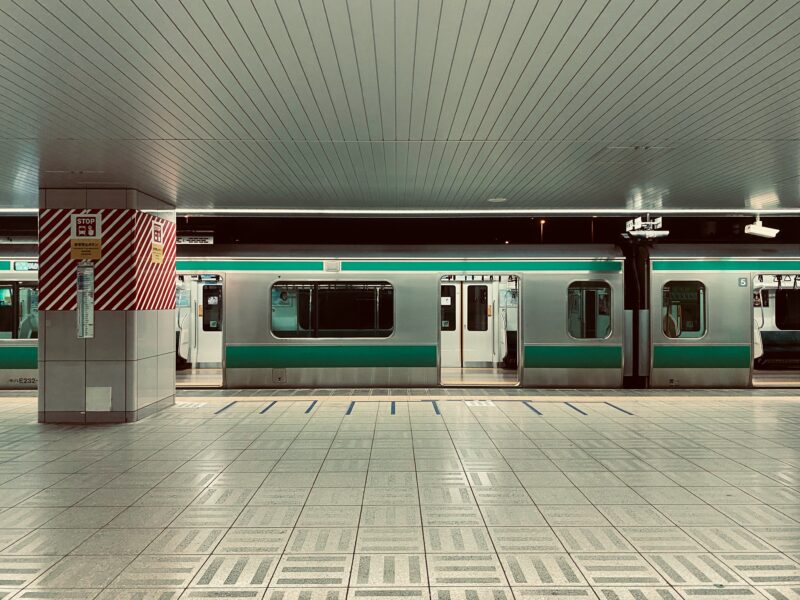
Keep Things Quiet
Public transport in Japan is a peaceful zone. People avoid loud conversations and phone calls, so you’ll rarely hear any noise besides the hum of the train. Switch your phone to silent and save the chit-chat for later—it’s just how things are done here. If you need to talk, keep your voice low and brief.
Line Up Neatly
At bus stops or train platforms, you’ll see clear markings showing where to stand. Passengers line up politely, waiting for their turn to board—no pushing or shoving required. Staying in line not only keeps things orderly but also ensures the boarding process is efficient for everyone.
Offer Seats to Those in Need
Trains and buses have designated priority seats for seniors, pregnant women, people with disabilities, and parents with young children. Even if you’re not in one of these seats, offering yours to someone in need is always appreciated. A kind gesture like this goes a long way in showing respect for others.
Keep Snacks Away (Most of the Time)
Eating and drinking on local trains and buses is a no-no. The exception? Long-distance rides, like on the shinkansen, where enjoying a bento box is totally acceptable. If you’re on a local train, try to finish snacks before boarding to avoid disturbing others.
Mind Your Luggage
Backpacks? Wear them on your front or hold them by your side. Big suitcases? Store them in designated areas on long-distance trains. This small adjustment ensures there’s more space for everyone and makes crowded commutes less stressful.
Japan Train Etiquette: Do’s and Don’ts
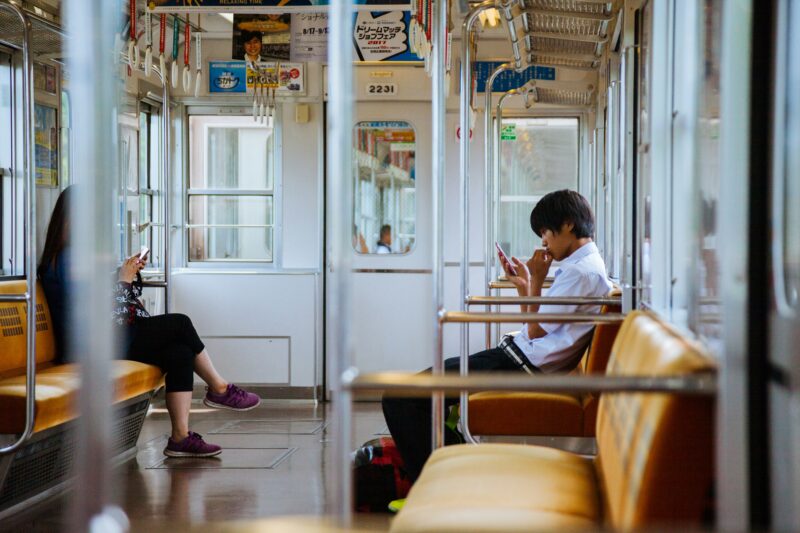
Do: Board and Exit Gracefully
Always let passengers exit before you board. If you’re near the doors, step aside to make way—it’s a simple gesture that keeps things moving smoothly. Being patient during boarding and exiting shows consideration and keeps delays to a minimum.
Do: Respect Reserved Zones
Some trains have special sections, like women-only cars or quiet zones. These are clearly marked, so just follow the signs to stay in the right place. Familiarizing yourself with these areas beforehand can save you from entering the wrong car by accident.
Don’t: Crowd the Doors
If the train’s packed, move toward the center of the car instead of blocking the entrance. It helps everyone get on and off more easily. Keeping the doorways clear also makes the experience more comfortable for others boarding or exiting.
Don’t: Wear Strong Scents
Whether it’s food or perfume, strong smells can be overwhelming in close quarters. Stick to neutral scents while commuting. This consideration helps maintain the calm and pleasant atmosphere passengers appreciate.
Don’t: Take Photos
Taking photos or videos inside the train, especially if it involves other passengers, is generally frowned upon. Respect people’s privacy—it’s a big deal here. If you need to capture a memory, wait until the train is empty or focus on scenic shots outside.
Subway-Specific Etiquette
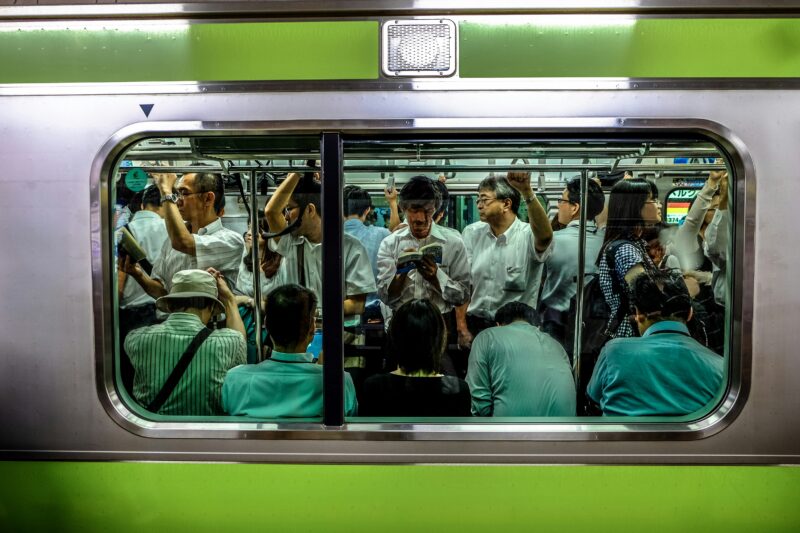
Escalator Rules Vary
In most cities like Tokyo, stand on the left and let people pass on the right. But in Osaka, it’s the opposite – stand on the right. Pay attention to the locals, as they’ll guide you in which side to use, ensuring smooth escalator flow.
Stick to Platform Markings
Platforms often have arrows showing where the train doors will open and where to queue. Following these helps keep the system running like clockwork. When in doubt, watch what others do, as it’s a sure way to follow the rules without confusion.
Don’t Block the Flow
Need to check your phone or figure out directions? Step to the side to avoid clogging stairways, entrances, and exits. This habit not only keeps traffic moving but also avoids inconveniencing fellow commuters.
Hold Onto Small Items
Compact umbrellas, shopping bags, or purses should be held securely—no one wants to be poked or bumped in a crowded subway. Keeping items close to your body also reduces the chances of accidental spills or losing your belongings.
Embrace the Calm
Subways are quiet zones. Most people read, nap, or just enjoy some downtime. Try to match the relaxed vibe by keeping noise and distractions to a minimum.
Bus Etiquette in Japan
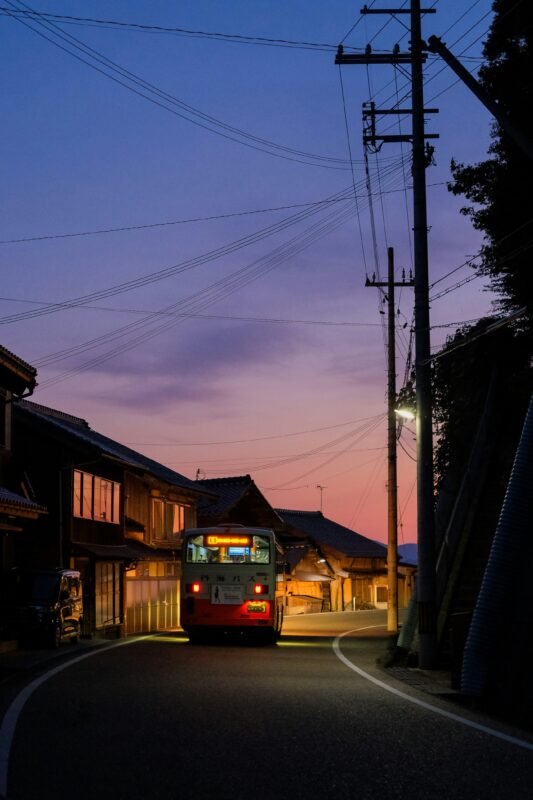
Board and Exit with Care
On many local buses, you’ll enter through the rear door and exit at the front. Pay your fare as you leave or use an IC card for a hassle-free experience. Watching others before boarding can help you get the hang of it quickly.
Have Your Fare Ready
Fumbling for coins or cards can slow everyone down. Be prepared before you board. If you’re unsure of the exact fare, you can always check the posted fare charts or ask the driver for assistance.
Press Stop Early
If your stop’s coming up, hit the stop button in advance so the driver can slow down smoothly. Waiting until the last second can cause unnecessary stress for both you and the driver.
Be Patient in Tight Spaces
Buses can get crowded, especially in smaller towns. Stay mindful of others while moving around or storing your belongings. Politeness goes a long way in creating a pleasant atmosphere even in cramped conditions.
Thank the Driver
A quick “Arigatou gozaimasu” (ありがとうございます) as you exit is a polite way to show your appreciation. It’s a small gesture, but it reflects the respectful culture of Japan.
FAQs about Japan Public Transportation Etiquette
1. What are the basic rules for using public transportation in Japan?
Follow quiet behavior, queue up neatly, offer your seat to those in need, avoid eating on local trains, and manage your luggage to save space.
2. Can I eat or drink on public transportation in Japan?
Eating and drinking are discouraged on local trains and buses but allowed on long-distance trains like the shinkansen.
3. How can I pay for buses and trains in Japan?
Use an IC card like Suica or Pasmo for seamless payments on buses, subways, and trains. Cash payments are also accepted on some buses.
4. What should I do if I miss my train or bus stop?
Don’t panic! Get off at the next stop and consult maps, station staff, or apps like Google Maps to plan your next move.
5. Are pets allowed on public transportation in Japan?
Small pets in carriers are permitted, but larger animals are generally not allowed on public transport.
Let’s Master Public Transportation Etiquette in Japan
By following these guidelines, you’ll be able to travel confidently and respectfully throughout Japan. Public transportation is an essential part of daily life, and learning the etiquette will help make your journey smooth and enjoyable.
Looking for a tour agency to help with your planning?
Contact Firefly Japan to book a private luxury tour in Tokyo & Kanto
